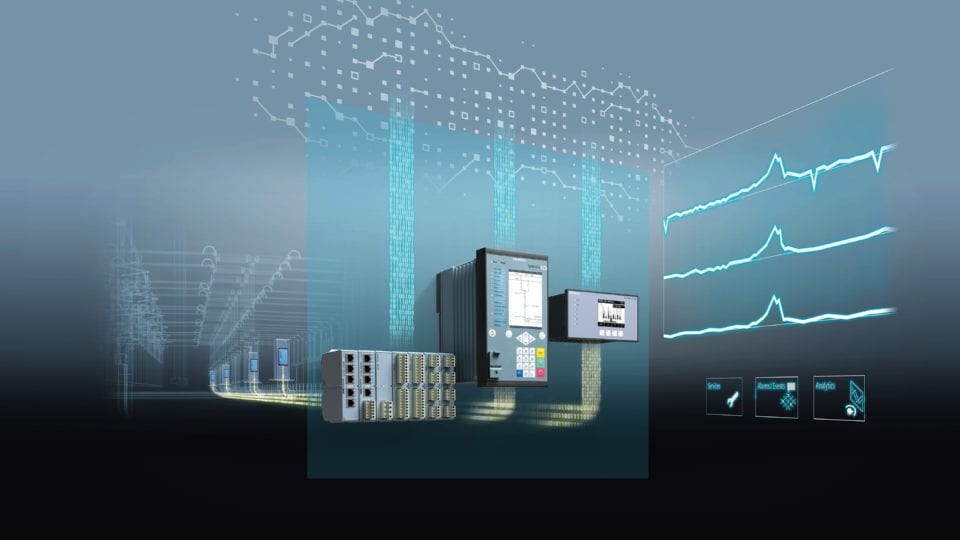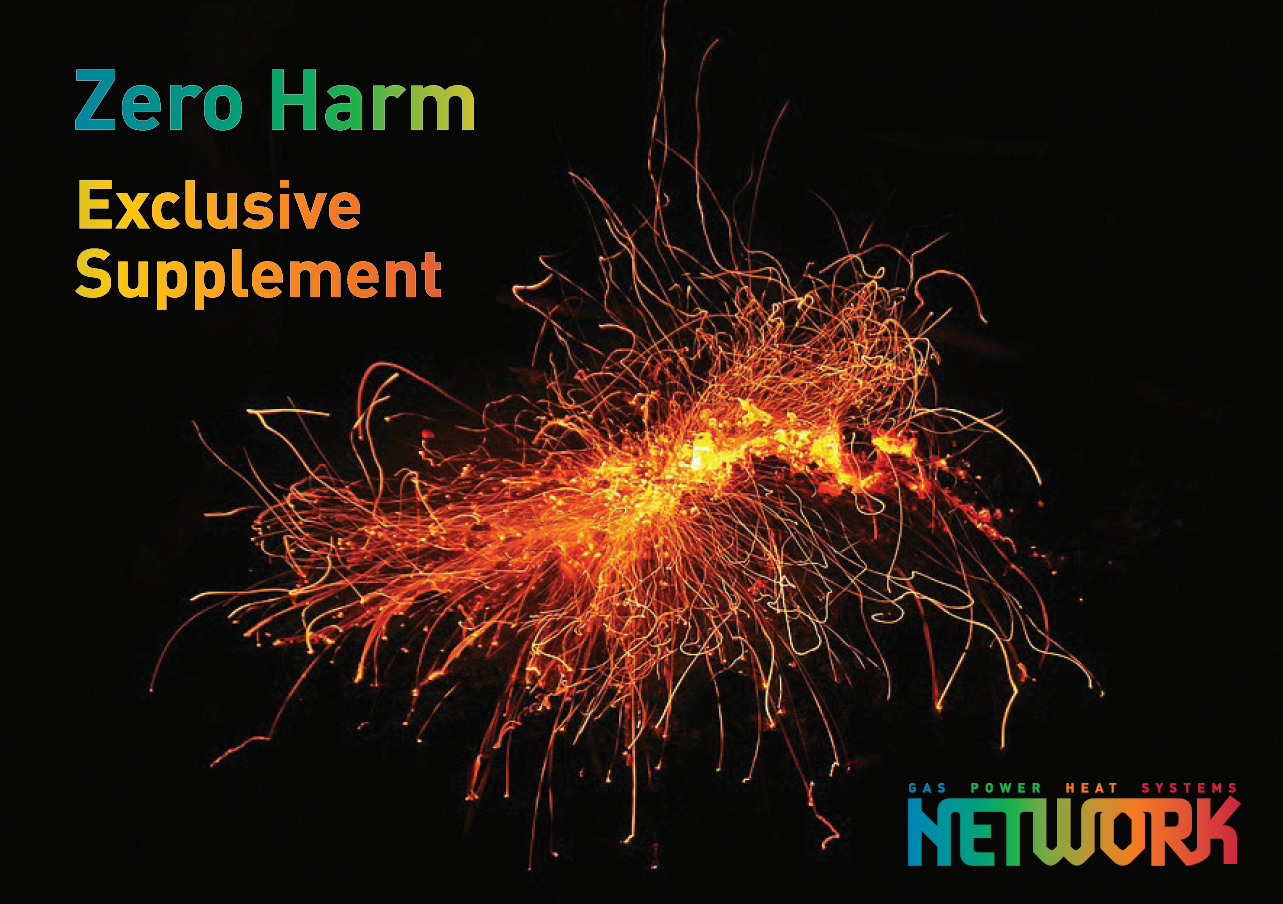ENA to publish DSO implementation plan summer 2020
The Energy Networks Association (ENA) has launched an eight week consultation on the draft 2020 Work Plan for the Open Networks Project, the cross-sector collaboration that is laying the groundwork for the network operators' transition to become Distribution System Operators (DSO).
23rd January 2020 by Networks

The draft work plan focuses on open data, local markets for flexibility, and working with community groups.
The consultation will run for 8 weeks and close on 17 March 2020.
The ENA has also announced that a key focus for the project this year will be the publication of a DSO Implementation Plan, due to be released in summer 2020.
This will set out a clear implementation path, highlighting the actions and decisions required to implement the transition to the smart grid between now and 2050.
Launched in January 2017, ENA’s Open Networks Project brings together electricity transmission and distribution network companies with industry stakeholders, BEIS and Ofgem, to lay the foundations for the smart grid in Great Britain.
Its work will also inform future developments in Northern Ireland and the Republic of Ireland.
The Open Networks Project looks forward to working with the whole industry, from BEIS and Ofgem to community groups all over the country, to deliver this major change, grow local flexibility markets for clean energy, tackle the DSO transition head on
David Smith, chief executive, ENA
The 2020 Work Plan consultation is designed to allow stakeholders – from the DNOs to aggregators and community energy groups – to consider the scope and direction of the project in 2020, and provide feedback on priorities and timelines.
In 2020, the project will focus on delivering standardisation and alignment to facilitate participation in new local markets, and ensuring that all industry stakeholders start to feel the benefits from Open Networks outputs.
Priorities in the draft work plan include:
- advancing local markets for flexibility to ensure standard approaches across DNOs for the procurement and contracting of flexibility services, and alignment with ESO markets where possible;
- building on the work of the Energy Data Task Force (EDTF) to enhance transparency by enabling greater data visibility and better access to non-confidential data across the transmission and distribution networks; and
- growing the reach of the project with a series of new Community Energy Forums.
The ENA has also published the 2019 “End of Year Review” for the Open Networks Project, which highlights that 95% of the products scoped at the beginning of the year were concluded.
Projects delivered last year include a new flexibility commitmentconnections for customers; and increasing the provision and transparency of data through a System Wide Resource Register.
In 2019, the Future Worlds consultation concluded with the industry agreeing a shared vision to establish Distribution System Operation (DSO), selecting Option B as the “least regrets” pathway.
This year, the forthcoming implementation plan will set out a clear implementation path to realise Option B.
The Open Networks Project also seeks to develop work on whole energy systems, and to achieve efficiencies across both gas and electricity.
In 2020 it will develop a whole system cost benefit analysis methodology for whole energy systems solutions by considering how both gas and electricity can deliver benefits to customers, including societal benefits.
David Smith, chief executive of ENA, said: “Open Networks is playing a pivotal role in helping to support the move towards a low carbon future. We need to build on existing successes and drive forward change that will improve transparency, boost new flexibility markets, and support community energy projects.
“The Open Networks Project looks forward to working with the whole industry, from BEIS and Ofgem to community groups all over the country, to deliver this major change, grow local flexibility markets for clean energy, tackle the DSO transition head on, and build a Net Zero energy system that works for everyone.”
Comments
Login on register to comment
Related content

Gas
Cadent backs launch of major bio-CNG HGV refuelling station
Gas network’s £250,000 infrastructure investment ensures supplies to existing connected customers have not been impacted

Gas
Editor’s blog: The biggest tests of resilience are yet to come
Network content director Jane Gray reflects on the industry's coronavirus response to date and the challenges still to come.

Gas
From the front line: Chris Garside and Andy Simcoe, Northern Gas Networks
Key workers across the power and gas networks are playing a critical role in the national response to Coronavirus. Network has committed to profiling their stories.
Related supplier content
![‘Learning by doing’ on the road to net zero [test product]](https://networksonline.s3.amazonaws.com/products/images/3.jpg)
People & Skills
‘Learning by doing’ on the road to net zero [test product]
DSO director Andrew Roper discusses 'Learning by doing'

Heat
How E.ON. is helping the City of London become a zero emissions city
Discover Citigen. Deep in the heart of our bustling capital

Gas
Zero Harm supplement
'31.2 million working days were lost to work-related illness and workplace injury between 2016 and 2017' *(Health and Safety Executive)